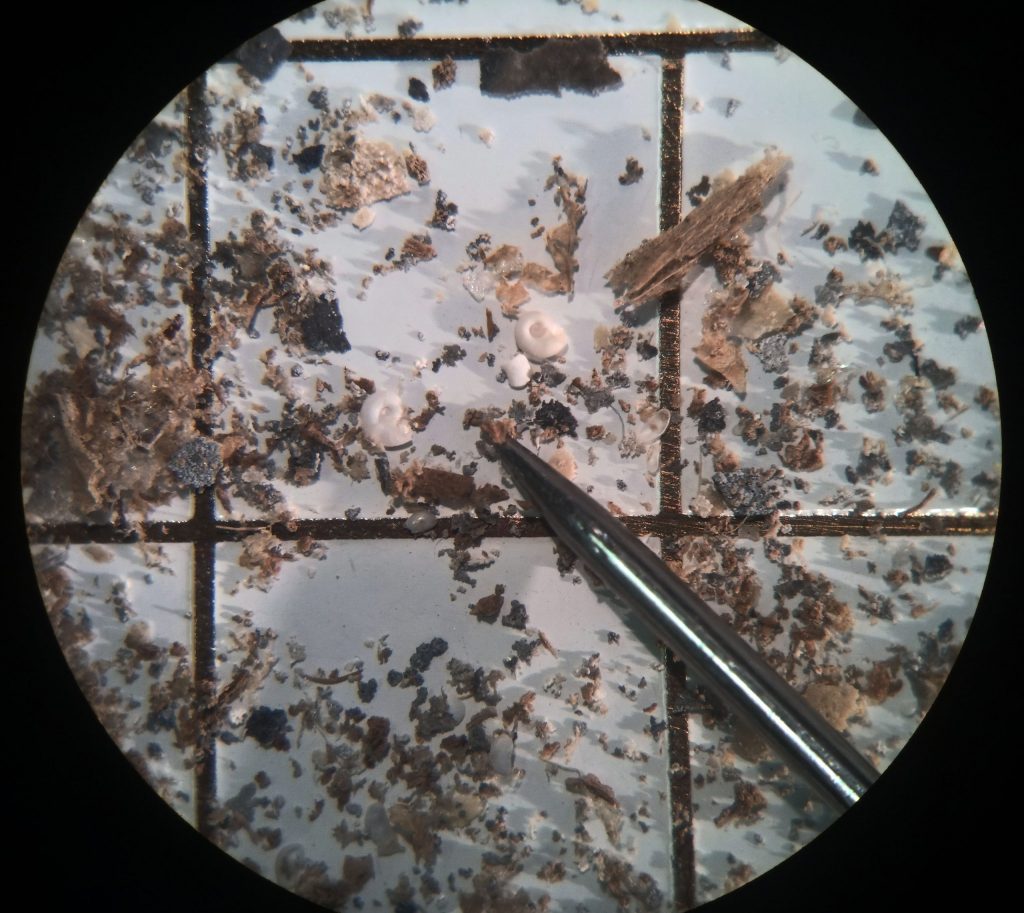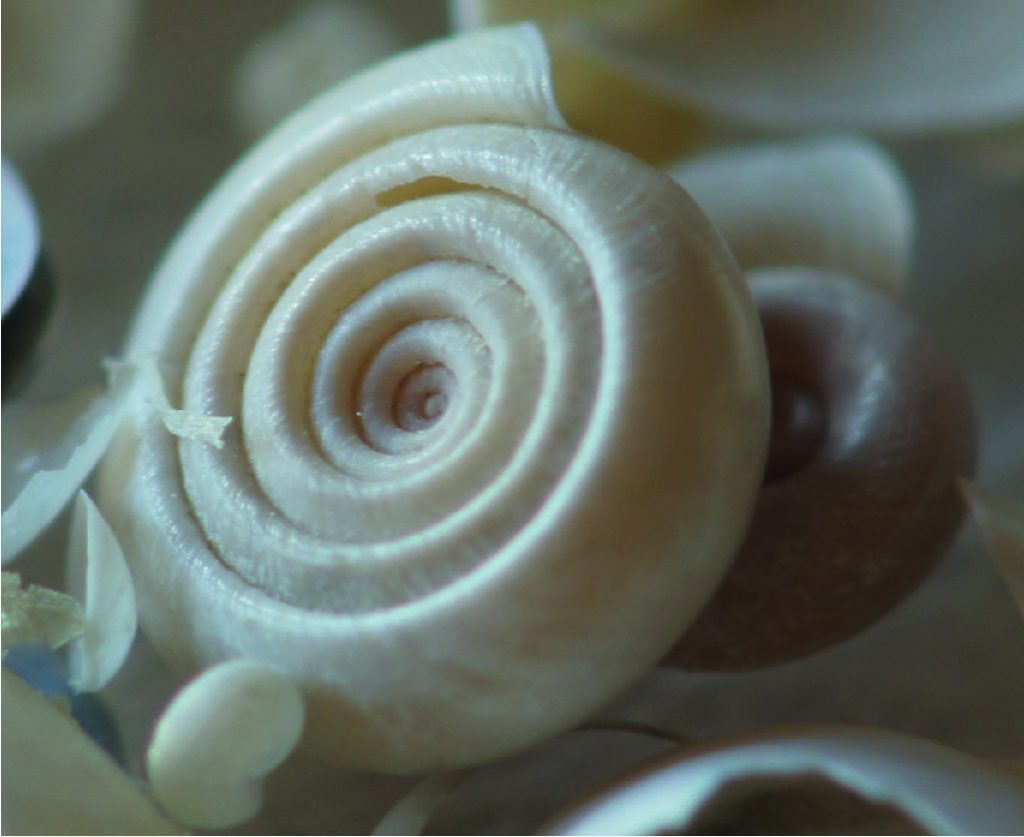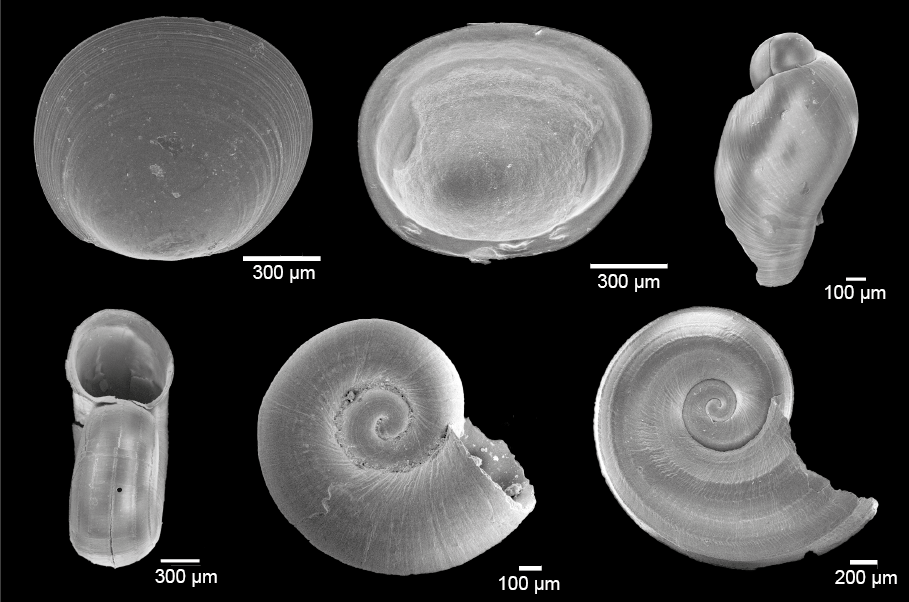Humans, Climate, and Landscape in Northeast Asia
Eating, i.e. the intake of energy, is the most direct connection humans have with plants, animals and, through them, with the climate. Humans make certain choices and develop increasingly greater abilities to intervene in the growth of flora and fauna to secure their food. This purposeful selection from a regional and local spectrum, the practices and devices for the extraction, preparation and lastly the preparation of food are part of the cultural heritage of societies and the core of their identity. With „Peking duck“, „Bavarian liver cheese“, „Sushi“ or „Tabouleh“, we not only associate energy intake, but different ways of life. For their diet of certain animal and plant species, humans modify landscapes and influence the climate.
On the other hand, climate change alters the availability of food. This leads to adaptation pressure and, in extreme cases, to the abandonment of traditional settlement areas, to migration and even to changes in the entire social structure of a large region.
Although Northeast Asia is one of the most interesting areas for the study of this context, both from an archaeological and a climate-historical perspective, surprisingly little research has been done in this area. What is lacking in particular are chronologically high-resolution and correlatable data from excavations and sediment cores, tree rings and other environmental archives that can be analysed specifically for changes in food cultures, climate, flora and fauna with their social implications at specific periods of time. The aim of our project is to significantly improve this level of information.
For the reconstruction of climate parameters (especially summer and winter temperatures and seasonal precipitation) we use pollen, ostracods (seed shrimps), chironomids and other organism remains in combination with geochemical data from the sediment core of the southeast Siberian Lake Ochaul. The close proximity of the lake to a multi-layered and little studied archaeological site known since 1913 offers a rare compact potential for correlating archaeological and palaeoenvironmental data, thus enabling the identification of human-environment interactions. In order to accurately date the sediments, the Ochaul drill core was divided into smaller samples centimetre by centimetre and already analysed by sections using radiocarbon dating (14C). The results show that the sediments in the core range from about 32,000 years BP to the present. They thus also include deposits that formed during the drastic climatic changes of the Last Glacial Maximum (ca. 26,500-19,000 a BP), the Late Glacial (ca. 19,000-11,700 a BP) or the Younger Dryas (ca. 12,900-11,700 a BP).
In preparation for the quantitative reconstruction of climatic parameters, the concentration, state of preservation and taxonomy of some microfossils have already been investigated. It could be demonstrated that the sample material from this drill core is excellently suited for the reconstruction of the climate of the last 32,000 years in Northeast Asia and offers great potential for further work such as oxygen isotope analyses of calcite shells.




Project members and partners
Prof. Dr. Mayke Wagner (Projectmanagement)
Dr. Jana Gliwa
Dr. Stefan Lauterbach
Pascal Olschewski
Prof. Dr. P. E. Tarasov, Doktorandin F. Kobe, Freie Universität Berlin, Institut für Geologische Wissenschaften, Paläontologie
Dr. E. V. Bezrukova, Dr. A. A. Shchetnikov, Sibirische Abteilung der Russischen Akademie der Wissenschaften, Irkutsk, A.P. Vinogradov-Institut für Geochemie
Prof. Dr. A. Weber, University of Alberta Edmonton, Canada, Baikal Archaeology Project, Canada
Dr. C. Leipe, Nagoya University, Japan, Institute for Space-Earth Environmental Research
C. Abe, World Heritage Promotion Office, Hokkaidō Government, Sapporo, Japan
M. Tsuboi, Hakodate Jōmon Culture Center, Hakodate, Japan
Dr. S. S. Kostrova, Sibirische Abteilung der Russischen Akademie der Wissenschaften, Irkutsk, Institut für Geochemie A.P. Vinogradov, Alfred-Wegener-Institut, Helmholtz-Zentrum für Polar- und Meeresforschung, Forschungsstelle Potsdam
Dr. E. A. Sergusheva, Fernöstliche Abteilung der Russischen Akademie der Wissenschaften, Vladivostok, Institut der Geschichte, Archäologie und Ethnografie der Völker des Fernen Ostens
Prof. Dr. T. Goslar, Adam Mickiewicz University, Faculty of Physics, Poznan Radiocarbon Laboratory
Prof. Dr. T.W. Long, University of Nottingham Ningbo China, School of Geographical Sciences
